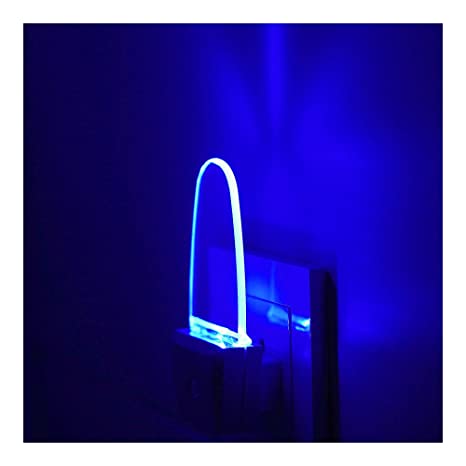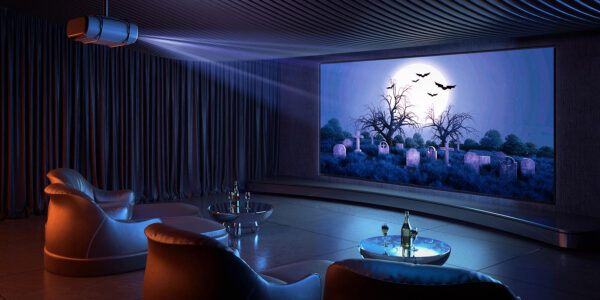In today’s world, saving money and reducing energy consumption go hand in hand. Energy efficient lighting is a simple and effective way to achieve both goals. By upgrading your lighting fixtures to energy-efficient alternatives, you can significantly lower your electricity bills while also contributing to a greener and more sustainable future. In this article, we will explore the benefits of energy efficient lighting and provide practical tips to help you save money. It’s no secret anymore that you can save money with energy efficient lighting in your home or office. But how much can you save?
How Much Can You Save By Using Energy Efficient Lighting?
You can readily determine the amount of money you can save by switching from incandescent to energy efficient LED lighting with any number of online calculators that have been designed to do that calculation. Assume, for example, that you have installed 20 60-watt incandescent bulbs into various fixtures around your household, and that those bulbs are powered on for five hours per day every week. A typical 60-watt bulb costs $1.00 and provides 1,000 hours of illumination before failure. Because LED lighting is so much more efficient, you can replace a 60-watt LED bulb with a 9-watt LED bulb. That bulb costs $3.00 but provides at least 15,000 hours of illumination before it begins to degrade.
If you replace all 20 of your incandescent bulbs with these equivalent LEDs, and assuming you are paying an average of $0.145 per kilowatt hour of electricity, the online calculators will tell you that you will save a net amount of almost $300 per year, or almost $30 per month. This is an objective calculation that verifies the cost savings that you can realize with LEDs. Considering that a typical U.S. household has more than 40 lightbulbs, this example actually understates the average savings that a household with that larger number of lightbulbs would realize.
How to Save Money with Energy Efficient Lighting
LED Lighting: The Energy-Saving Champion
LED (Light Emitting Diode) lighting stands out as the leading energy-efficient lighting technology. Compared to traditional incandescent or fluorescent bulbs, LEDs consume significantly less energy while providing the same or even better quality of light. LED lights are up to 80% more energy efficient, resulting in substantial savings on your energy bills.
Longevity and Reduced Maintenance Costs
One of the notable advantages of energy-efficient lighting, particularly LED lights, is their long lifespan. LED bulbs can last up to 25 times longer than traditional incandescent bulbs, reducing the frequency of replacements and associated maintenance costs. While LED lights may have a higher upfront cost, their extended lifespan translates into long-term savings.
Reduced Heat Generation
Energy efficient lighting, such as LED lights, produces significantly less heat compared to traditional lighting sources. Incandescent bulbs, for example, waste a considerable amount of energy as heat. By switching to LED lighting, you not only reduce your cooling costs but also enhance the overall comfort of your living or working space.
Dimming and Control Options
Energy efficient lighting technologies, including LEDs, offer the flexibility of dimming and control options. By installing dimmers or automated lighting controls, you can adjust the light output based on your needs, reducing energy consumption and extending the lifespan of your bulbs. Dimming the lights by just 10% can lead to approximately 10% energy savings.
Occupancy Sensors and Timers
Occupancy sensors and timers are excellent additions to energy efficient lighting systems. These devices automatically turn off lights in unoccupied areas or set specific schedules for lighting operation. By eliminating unnecessary energy usage, occupancy sensors and timers can result in significant savings, particularly in areas with infrequent occupancy or during non-business hours.
Natural Light Integration
Utilizing natural light effectively can further enhance energy savings. Maximize daylight by arranging workspaces near windows and using reflective surfaces to distribute natural light throughout the room. Consider installing skylights or light tubes in areas lacking access to direct sunlight. This approach reduces the need for artificial lighting during daylight hours, resulting in substantial energy savings.
Energy-Efficient Lighting Design
Thoughtful lighting design can contribute to energy efficiency. Consider the layout and purpose of each space and select lighting fixtures accordingly. Use task lighting to focus light where it is needed, reducing the overall number of lights required. Opt for lighting fixtures with high efficacy ratings, indicating greater efficiency in converting energy into light.
Government Rebates and Incentives
Many governments and utility companies offer rebates and incentives to promote energy efficiency. Research local programs to find out if you are eligible for any financial incentives or tax benefits when upgrading to energy-efficient lighting. These incentives can help offset the initial investment and accelerate your return on investment.
How Are Incandescent Bulbs More Costly?
The excess heat that incandescent bulbs generate might not seem like much in the context of a larger house, but that heat will also need to be removed via a household air conditioning unit during warmer months. Energy efficient LED lighting reduces the load on an air conditioner and helps a homeowner to reduce cooling bills.
The excess heat that incandescent bulbs generate is also responsible for their relatively shorter lifespans. Tungsten filaments in incandescent bulbs that are cycled on and off get brittle over time, and that brittleness causes the filaments to break. Longer-life incandescent bulbs are available, but those bulbs are engineered with even lower efficiency, and convert less of their electrical energy input into usable light. With no filaments or components that are subjected to repeated heating and cooling cycles, energy efficient LED lights will have lifespans that are at least 15 times longer than incandescent lifespans, and in some cases more than 30 to 40 times longer. A longer lifespan translates into fewer replacement bulb purchases, thus accounting for the extra money that LED lights will help you save.
Saving money with energy-efficient lighting is not only a smart financial decision but also a step towards a sustainable future. By upgrading to LED lighting, optimizing control systems, integrating natural light, and taking advantage of government incentives, you can significantly reduce your energy consumption and lower your electricity bills. Embracing energy-efficient lighting is a win-win solution that benefits both your wallet and the environment. Start making the switch today and enjoy the long-term savings and the positive impact on your budget and the planet.







